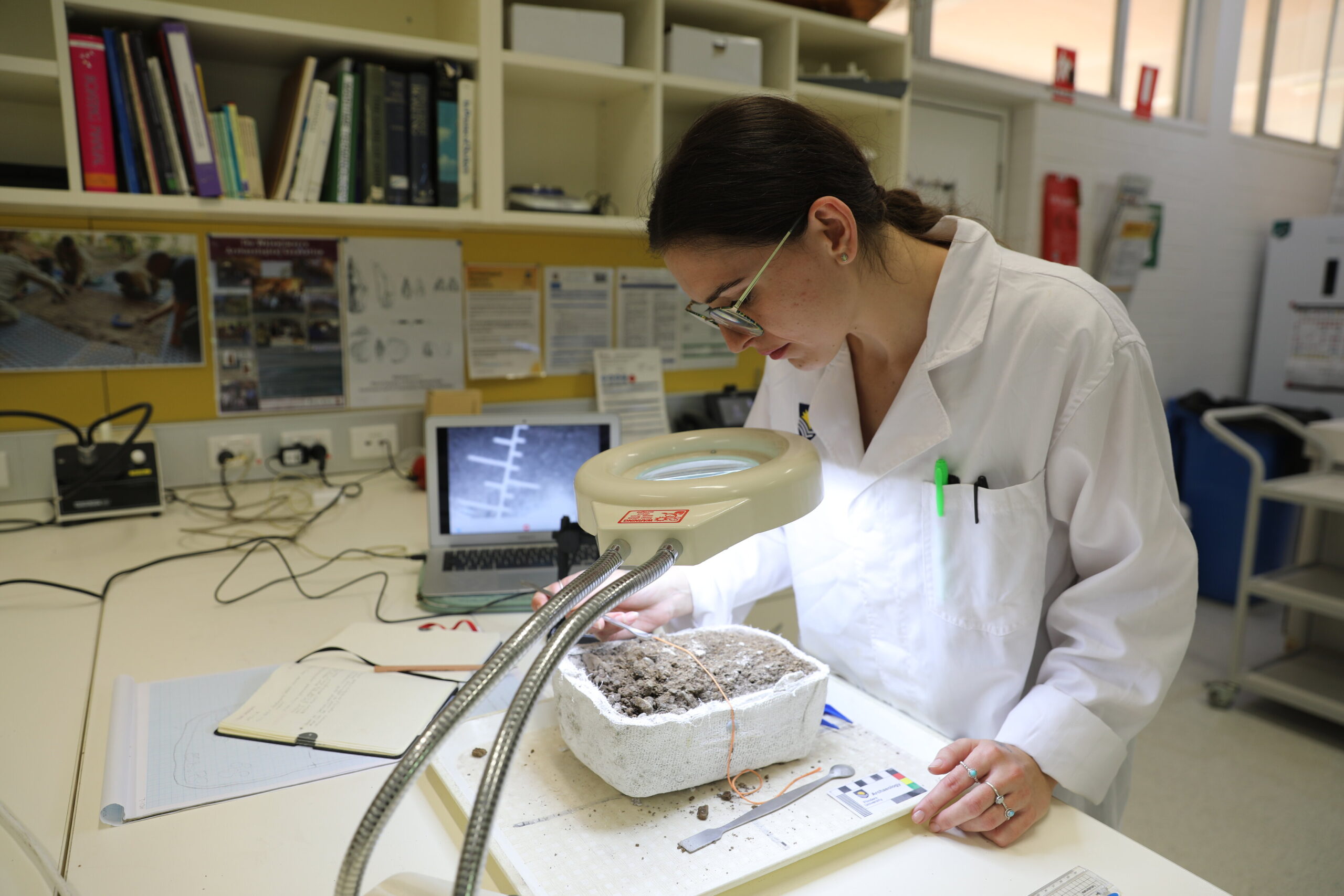
Scientists should seek answers hidden in the dirt using proven and state-of-the-art archaeological science techniques to support new discoveries about human evolution following recent controversies at a cave site in Africa, says a group of international experts.
Their recommendations follow claims published in June of this year that Homo naledi-a small-brained human species-buried their dead in Rising Star Cave, South Africa, between 335,000 and 241,000 years ago, and may also have decorated the cave walls with engravings. These claims were accompanied by a Netflix documentary, 'Unknown: Cave of Bones'.
In scientific commentary published in the journal Nature Ecology and Evolution, led by Associate Professor Mike Morley at Flinders University, a group of archaeological scientists strongly advocate for the use of modern scientific techniques to support claims such as those made about Homo naledi.

"Many scientists-including the authors of our comment out today-remain unconvinced by the evidence provided in three papers published online prior to peer review," says Associate Professor. Mike Morley, Director of the Flinders Microarchaeology Laboratory.
"Fortunately, there are a range of state-of-the-art techniques that scientists can use to study the many forms of evidence for human evolution - the fossils, artefacts and even the sediments (or dirt) from which they have been recovered. These techniques are crucial when attempting to identify features such as the burials they claim to have found at Rising Star Cave"






